Bending Machines: Types, Applications, Usage, and Precautions
Introduction
Bending is a fundamental process in the manufacturing and fabrication of metal and plastic pipes, tubes, and rods. The ability to bend materials with precision and accuracy is critical in various industries, including automotive, construction, aerospace, and plumbing. A bending machine, often referred to as a pipe or tube bender, is a mechanical device used to bend pipes or tubes without breaking or deforming them. This article provides a comprehensive overview of the different types of bending machines, their applications, usage methods, and precautions.
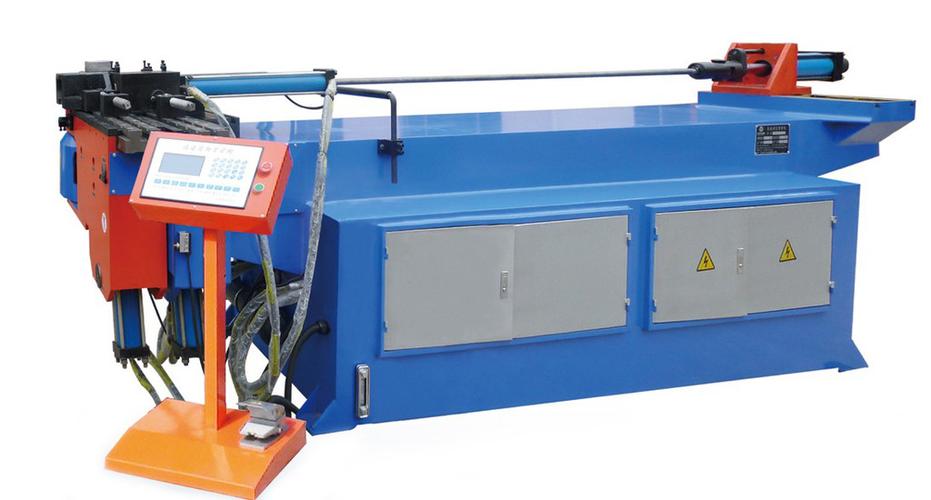
Types of Bending Machines
There are several types of bending machines, each designed for specific bending tasks. The choice of bending machine depends on factors like material type, bend radius, production volume, and precision requirements. Below are the most commonly used types of bending machines:
- Manual Pipe Benders
Manual pipe benders are simple, hand-operated machines designed for bending smaller pipes and tubes. They are typically used for low-volume production and for small, precise bending tasks. The operator manually applies force to a lever, which drives a bending die and pipe, shaping it to the desired angle.
- Advantages: Low cost, simple to operate, and ideal for small, non-industrial tasks.
- Applications: DIY projects, small workshops, and low-volume manufacturing.
- Hydraulic Pipe Benders
Hydraulic pipe benders use hydraulic pressure to bend pipes or tubes. These machines can apply more significant force compared to manual benders and are suitable for larger and thicker pipes. Hydraulic benders typically feature a ram that pushes a bending die into the material, enabling the machine to perform precise bends.
- Advantages: High bending force, capable of bending thicker materials, and more precise than manual benders.
- Applications: Small to medium-scale fabrication shops, plumbing, HVAC systems, and automotive manufacturing.
- Electric or CNC Pipe Benders
Electric or CNC (Computer Numerical Control) pipe benders are fully automated machines that provide high precision and consistency. These machines use electric motors and advanced programming to control the bending process. CNC pipe benders are capable of producing complex bends, and the angle and radius of the bend can be precisely programmed for repeatable results.
- Advantages: High precision, programmable, can handle complex bends, and ideal for mass production.
- Applications: Automotive industry, aerospace, manufacturing of complex components, and mass production of pipe systems.
- Mandrel Benders
Mandrel benders are designed to perform precision bending of pipes, especially when it comes to tubes with thin walls. A mandrel, a support rod, is inserted inside the tube to maintain its structural integrity during bending. This method ensures that the tube doesn’t collapse or deform when bent, producing smooth, consistent bends without wrinkles or kinks.
- Advantages: Provides smooth, high-quality bends without material distortion, suitable for thin-walled tubes.
- Applications: Aerospace, automotive, HVAC systems, and industries requiring high-precision tube bending.
- Rotary Draw Benders
Rotary draw benders are commonly used for bending pipes or tubes in industries requiring high precision. These machines work by rotating the tube or pipe around a stationary die, which pulls the pipe along a curve to form the desired bend. Rotary draw benders can create accurate bends with tight radii, making them ideal for more complex geometries.
- Advantages: Precision, ability to bend with tight radii, and high repeatability.
- Applications: Automotive, aerospace, and heavy-duty manufacturing.
- Three-Roller Benders
Three-roller benders are designed for bending metal sheets, plates, and tubes in a more uniform manner. This machine consists of three rollers—two at the bottom and one at the top—that bend the material as it moves through the rollers. The rollers are adjustable to control the bend radius, and they provide a more consistent bend along the length of the material.
- Advantages: Suitable for bending metal sheets and tubes with uniform curvature.
- Applications: Metalworking, sheet metal fabrication, and heavy equipment manufacturing.
- Press Brake Benders
Press brake benders are used for bending sheet metal but can also be adapted to bend tubes and rods. A press brake uses a clamping force to press a punch into the material, forming the desired angle. While primarily used for sheet metal, some advanced press brake models can handle tube bending when fitted with the appropriate tooling.
- Advantages: Versatile and capable of bending a wide range of materials.
- Applications: Metal fabrication, custom manufacturing, and prototype production.
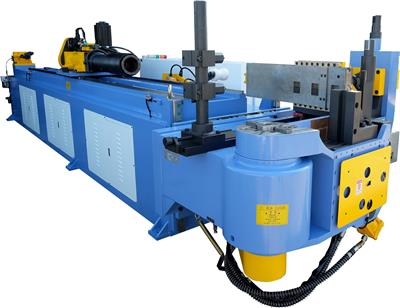
Applications of Bending Machines
Bending machines are indispensable across many industries due to their versatility and efficiency. Below are some of the key areas where bending machines are frequently used:
- Automotive Industry
In automotive manufacturing, bending machines are used to create exhaust systems, fuel lines, and other piping components. These pipes often require precise bends to fit the complex shapes of modern vehicles. Mandrel benders and CNC pipe benders are commonly used for these applications due to their ability to produce high-quality, tight-radius bends.
- Aerospace
Aerospace manufacturing requires precise, high-quality bends in pipes, tubes, and structural components. Bending machines, especially mandrel and rotary draw benders, are crucial in producing smooth, strong bends for aircraft fuel lines, hydraulic systems, and support structures.
- Construction and Plumbing
In construction, pipes and tubes must often be bent to fit specific layouts for plumbing systems, HVAC systems, and electrical conduits. Hydraulic pipe benders are commonly used for these applications, as they can handle larger pipes and provide consistent results. Manual benders are used for smaller tasks, such as in residential plumbing.
- HVAC Systems
Bending machines are extensively used in the fabrication of HVAC (Heating, Ventilation, and Air Conditioning) systems. These systems often require complex, precise bends in ductwork and piping. CNC benders and hydraulic benders are the machines of choice in this industry, providing flexibility and accuracy.
- Furniture and Interior Design
In furniture manufacturing, especially for metal furniture, bending machines are used to create tubular frames and other components. Tubes are bent to create aesthetically pleasing curves and angles for chairs, tables, and other furniture. These applications often use manual or hydraulic benders for smaller runs and custom pieces.
- Metalworking and Fabrication
Bending machines are vital in metalworking shops, where they are used for producing a variety of metal components. Whether for producing pipes, rods, or structural beams, bending machines are employed to create accurate and consistent bends that meet the precise specifications required in various industries.
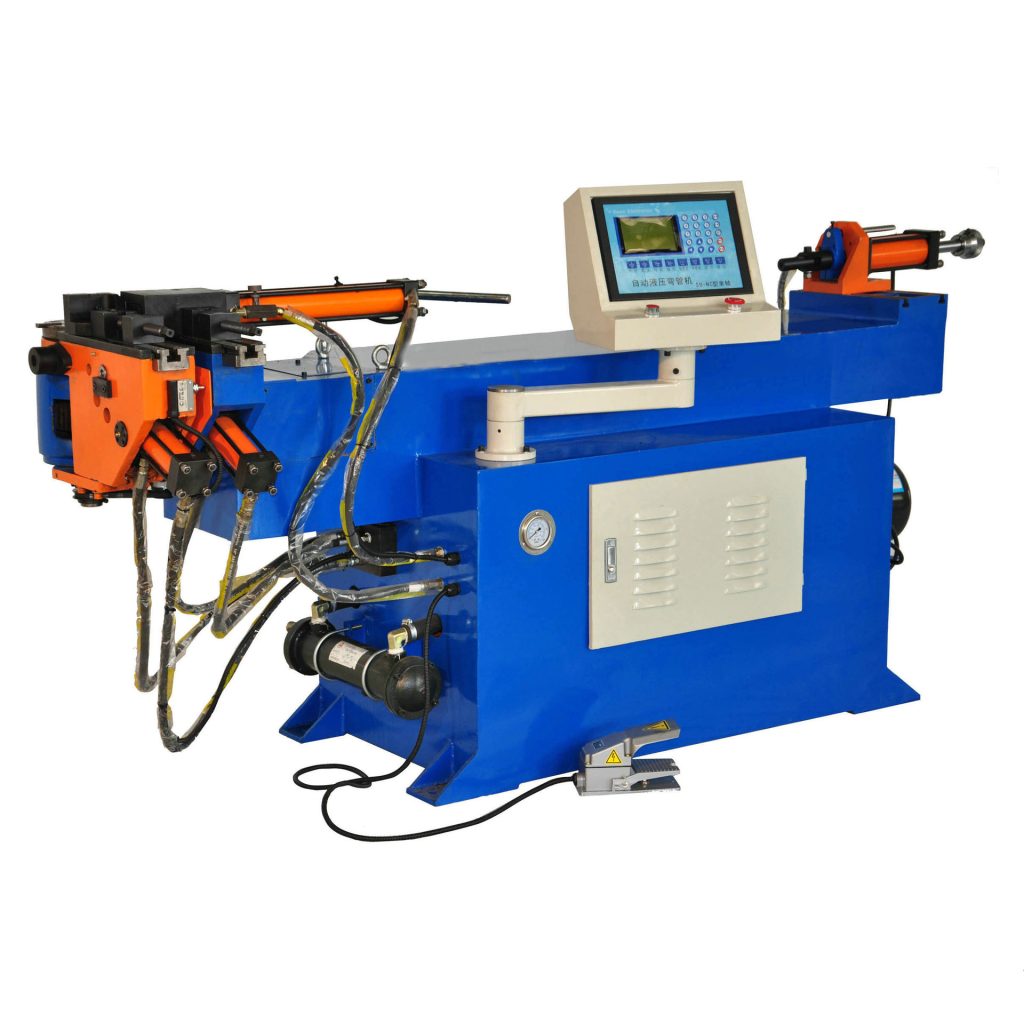
How to Use a Bending Machine
The usage of bending machines varies depending on the type of machine and the specific requirements of the bending task. However, the general procedure for operating a bending machine is as follows:
- Set Up the Machine:
- Begin by selecting the appropriate bending die or tool for the material and bend type.
- For CNC and hydraulic machines, input the necessary parameters such as bend angle, radius, and pipe diameter into the machine’s control system.
- Ensure that the material is securely positioned and clamped in place before starting the bending process.
- Start the Machine:
- Start the bending process by activating the machine. For manual machines, apply pressure using the lever or handle to bend the material.
- For automated machines, the machine will perform the bending operation based on pre-programmed instructions.
- Monitor the Bending Process:
- As the material is bent, monitor the process to ensure that the bend is taking place correctly and that the material is not being over-stressed or deformed.
- Inspect the Results:
- After the bending process is complete, inspect the bend for accuracy. Use measurement tools to verify the bend angle and radius.
- Finish and Maintain the Machine:
- After use, clean and maintain the machine, especially if it has been used to bend metal or heavy materials. Regular maintenance will ensure the machine operates at peak performance.
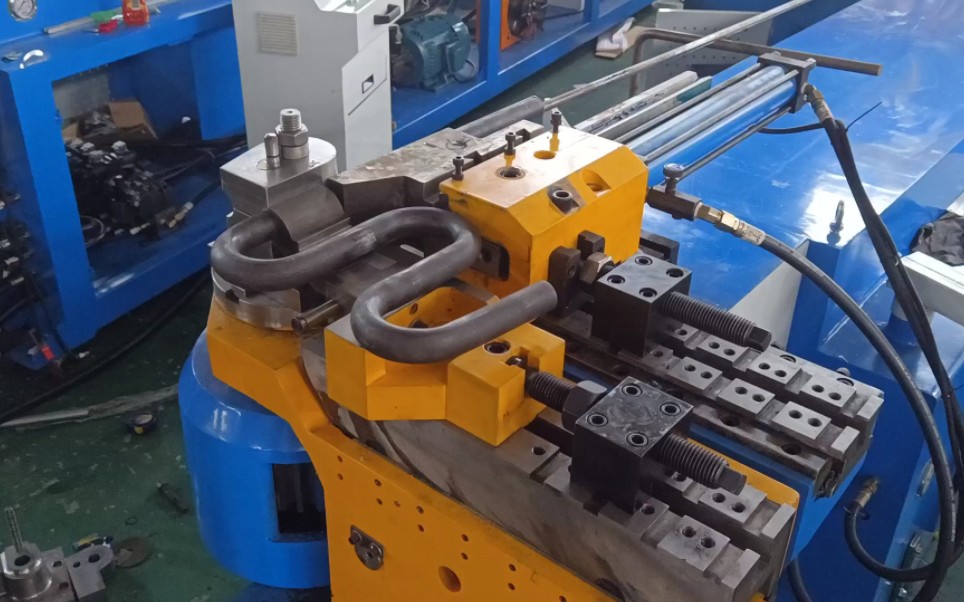
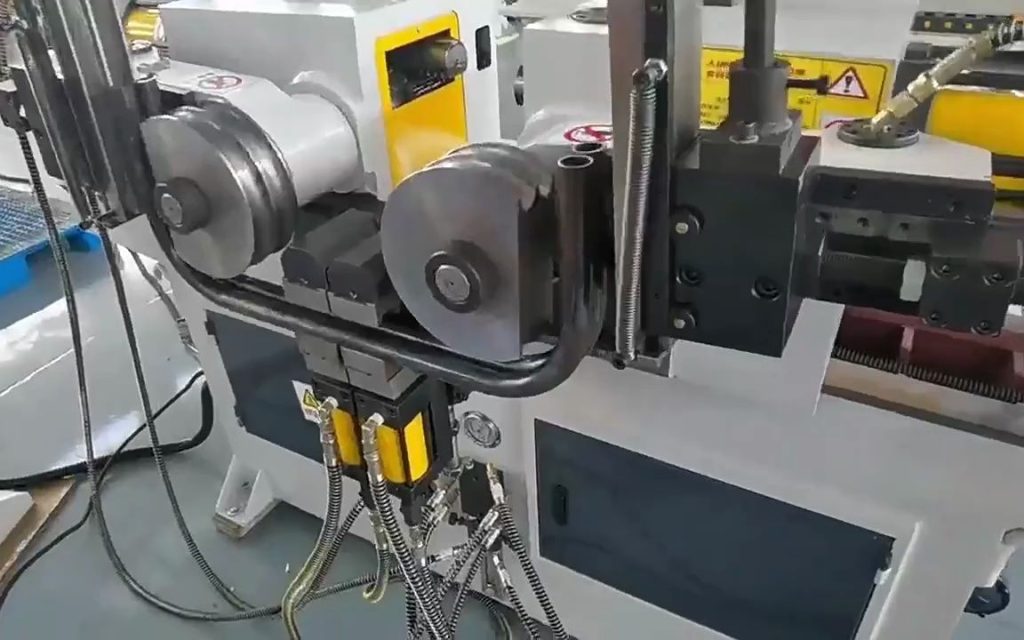
Precautions When Using Bending Machines
While bending machines are highly effective, operators must follow safety guidelines and precautions to ensure safe operation and high-quality results:
- Wear Proper Safety Gear: Always wear safety goggles, gloves, and protective clothing when operating bending machines to protect against debris, high pressure, and potential injuries.
- Check Material Compatibility: Ensure that the material being bent is suitable for the type of machine being used. Some materials may require special tooling or slower speeds to prevent damage.
- Machine Calibration: Regularly calibrate the machine to ensure accuracy in bend angles, radii, and pipe dimensions. Calibration is essential for ensuring that the final product meets required specifications.
- Avoid Overloading: Do not exceed the recommended bending capacity of the machine. Overloading can cause damage to the machine or lead to poor-quality bends.
- Routine Maintenance: Regularly inspect and maintain the bending machine to ensure it remains in good working order. Replace worn parts, lubricate moving components, and clean the machine to prevent breakdowns.
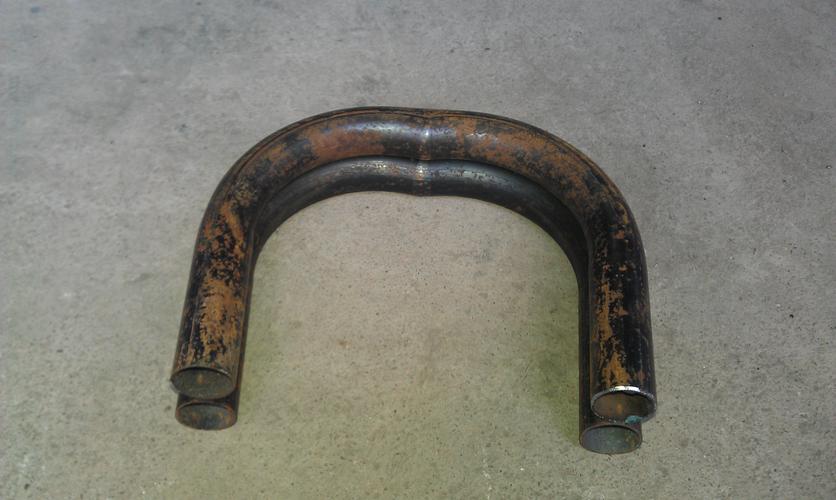
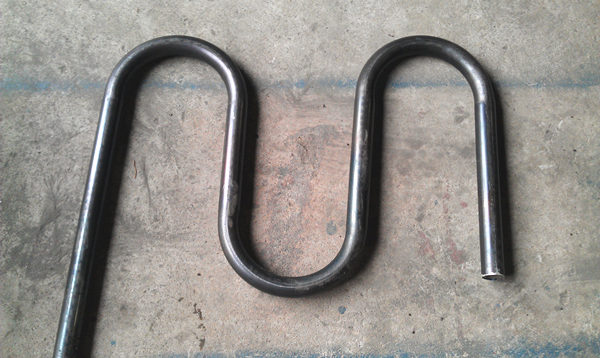
Conclusion
Bending machines are indispensable tools in a wide range of industries that require precise, efficient bending of pipes, tubes, and other materials. With various types of bending machines available, including manual, hydraulic, CNC, and mandrel benders, manufacturers can choose the most appropriate tool for their specific needs. The ability to create high-quality bends with accuracy and consistency is critical in industries like automotive, aerospace, construction, and HVAC. By understanding the different types of bending machines, how to use them properly, and the precautions necessary for safe operation, manufacturers can maximize productivity, reduce waste, and ensure the longevity of both the machines and the products they produce.
